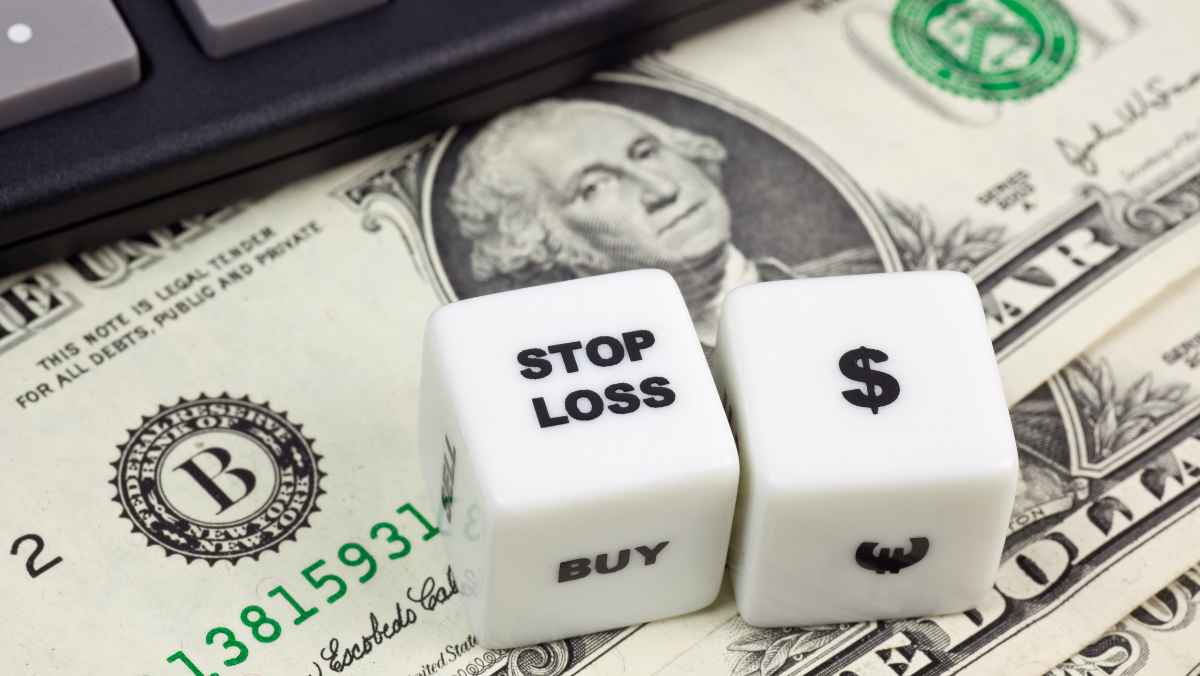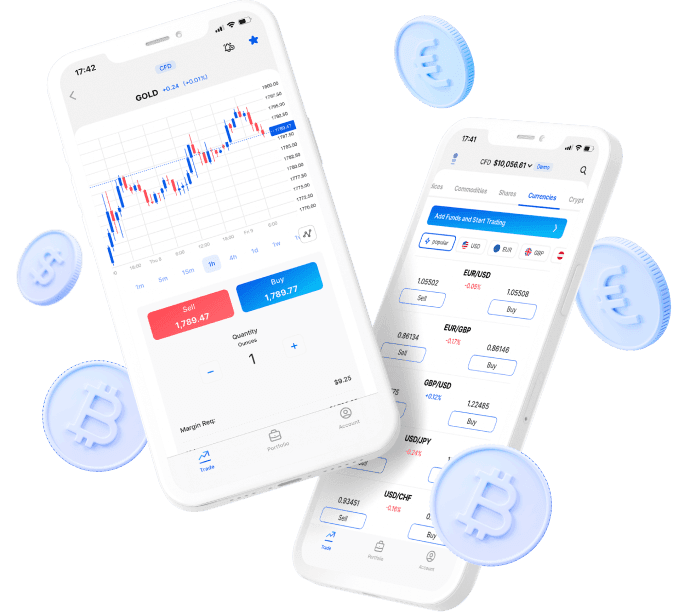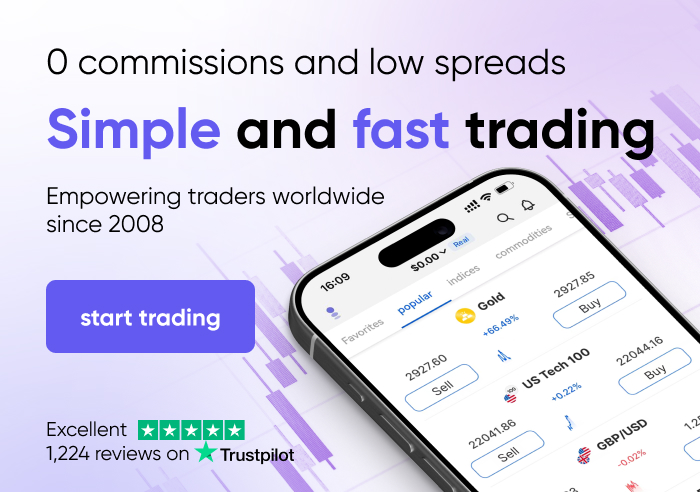Wednesday Jun 28 2023 10:29

3 min

A stop-loss order is a trading tool used by investors to minimize potential losses in a trade. It is an instruction given to a broker to sell an asset when its price reaches a predetermined level, set below the current market price. The purpose of this order is to exit a losing trade before the price falls too far, thereby limiting the trader's potential losses. When the price of the asset falls below the predetermined level, the stop loss order is triggered, and the asset is sold at the next available market price. It is an essential element of risk management in trading, and it is highly recommended for traders to make use of this facilities as part of their overall trading strategy. When you impose a stop loss order on a trade with markets.com, if the value of the security you are trading falls below a certain level, the trade will automatically close at the prevailing market price, thereby preventing further losses.

As stated above, the primary benefit of using a stop loss order is that it helps to minimize potential losses. This is especially important in volatile markets where prices can fluctuate rapidly. By setting a trigger price, the trader can exit a losing trade before the price falls too far, thereby protecting their capital and limiting the likelihood of negative trading outcomes.


Join the 100.000s that have made markets.com their home for trading. Learn about trading as you grow your portfolio.
More power in our platforms
We currently cannot accept clients from your country. If you have received this message in error, please contact our support team at support@markets.com.
Contact Support
Another benefit of using a stop loss order is that it removes the emotional element from trading. Emotions such as fear and greed can often cloud a trader's judgment, leading to irrational decisions. By setting a stop loss order, the trader can remove the emotional element from their trading strategy, allowing them to make more rational and objective decisions.
Stop loss orders are just one of the tools offered by markets.com that can help you enhance your risk management strategy.
Asset List
View Full ListLatest
View all
Tuesday, 22 April 2025

5 min

Monday, 21 April 2025

6 min

Monday, 21 April 2025

5 min


